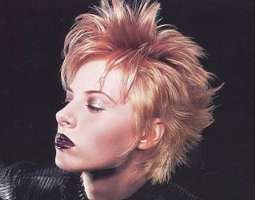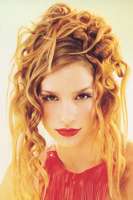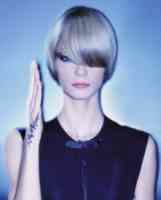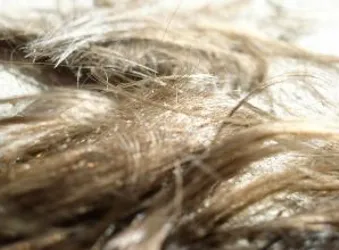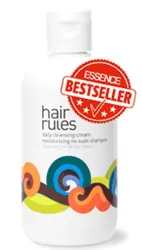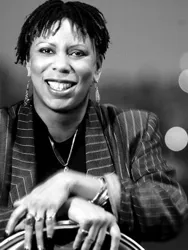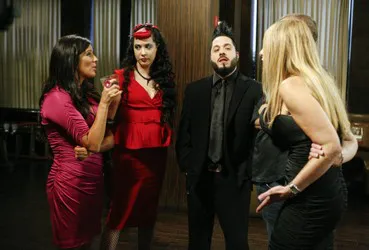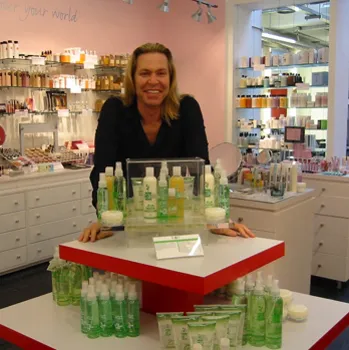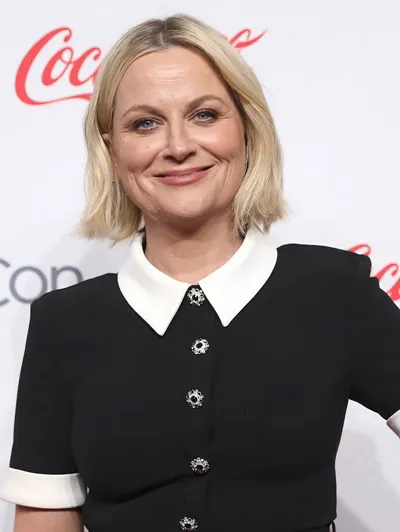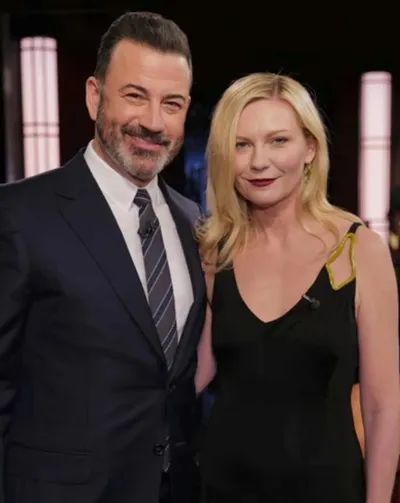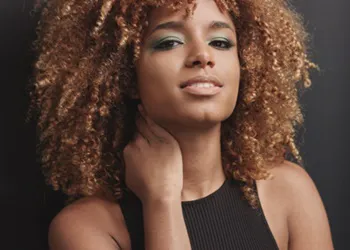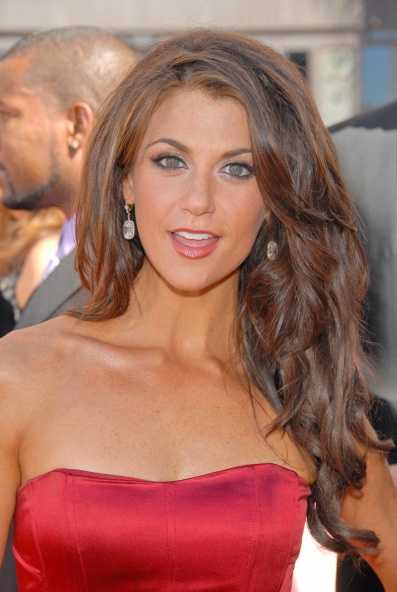
Hair Profiling - Part I
Introduction
Do you ever wonder why you experience bad hair days? How can simple strands of hair become such a challenge to manage? Although hair may look uncomplicated to the naked eye, in reality, hair is quite complex. Each and every hair has its own signature profile. Not only does hair have a multi-layered structure consisting of the outer cuticle, middle cortex and inner medulla, it can have different textures, density, color and type. Criminal investigators will often use hair for evidence since each strand can act like just like a fingerprint in a crime scene. One thing to remember is that there is no such thing as a perfect hair type or texture. You also can’t trade in your hair’s structure at the snap of your fingers. What you can do is learn to understand your own hair’s profile and how to coax your tresses to perform to their optimal best. Knowledge is truly power when it comes to minimizing misbehaved strands. Hair Texture
Genetically predetermined and unchangeable, hair texture is measured by the degree of fineness or coarseness of your hair, which varies according to the diameter of each individual hair. Coarse hair has the widest diameter with very fine hair having the smallest. Texture is also defined by the cortex or middle layer of the hair’s structure and by the feel of the hair, whether it is baby soft or rough and hard. In some cases hair can be permanently altered through chemical treatments. It is also possible for some people to have more than one texture on their head at the same time. Hair experts generally agree that there are four major types of hair texture which are: Fine hair has the smallest circumference. Fine hair can be so soft and silky that it can actually feel like feathers. Unless it has been chemically altered to damage the cuticle, fine hair reflects light the best of the three textures. When it's healthy, fine hair will often have a natural megawatt shine. Fine hair generally has a much thinner cortex than other hair textures and generally does not contain the inner medulla like other hair textures. Usually only the cortex and cuticle are present in fine hair which adds to it fragility.
Medium hair is the most common type of texture. Medium textured hair is neither super soft nor rough to the touch. Medium hair has lots of body and bounce and usually holds either a blow-dry shape or any type of set very well. It has the most styling flexibility of the three types. Although most medium textured hair usually contains the medulla, cortex and cuticle structural layers, there are exceptions. Coarse hair has the largest circumference. Coarse hair can feel heavy and rough. Exceptionally coarse hair may feel a little like horse hair to the touch. The outside layers of coarse hair are often overlapped at the scales and raised from the shaft. It holds many styles with ease but can look wild and bushy with the wrong cut or style. It almost always contains three distinct layers known as the medulla, cortex and cuticle. Wiry Hair which has a very hard, glassy finish as a result of the way that the cuticle scales lie flat against the hair shaft. Wiry hair can also be coarse, medium or fine and usually contains all three structural layers. If you are unhappy with the texture of your hair you can’t change it but you can influence it. Both fine and medium textured hair can be plumped up with hair shaft-swelling perms and color. They’ll both get increased resilience and shape-holding power from setting lotions, mousses and hair sprays. Coarse hair can be calmed with rich conditioners and a helping of styling gel. Density
Your hair’s complete profile also includes density which may be thin, medium or thick. Thin hair lays flat to the head and can be sparse. It can easily become straggly. Often the scalp shows through the hair whether the hair is wet or dry. Many conditioners and styling products will weigh thin hair down. Medium hair is neither thick or thin. Medium density hair completely conceals the scalp when the hair is either wet or dry. Hair appears neither straggly or bushy. Thick hair can be quite heavy making it challenging to deal with. It completely conceals the scalp when hair is wet and dry. It can be unruly, often having too much body. It is not uncommon for hair to be thicker or thinner on different parts of the head. One side of the head may contain more follicles. It also happens that hair can be thinner at or near the hairline. Although you can’t increase or reduce the actual number of hair, you can maximize the advantages and minimize the shortcomings of each type. Remedies for thin hair are similar to fine hair. Perms and, color applied to thin locks will swell the hair shaft. A variety of volume building products can be utilized to give hair a thicker appearance. Medium hair has the flexibility to be thickened with chemical processes or to be compressed through styling or product use like gels and hair waxes. Thick or very thick strands can be tamed with an expert cut, layered or blunt, that helps builds in shape and eliminates bulk. Hair worn longer will help compress some of the mass and gentle relaxing treatments will add bend and movement. Type
How do you describe your hair. Do you say it’s stick straight, curly, wavy or kinky? The type of hair you have is determined by how much bend your hair has. Did I say bend? All hair has some natural bend which can range from just a little in straight hair to a lot in curly hair. Your hair type is also determined by the shape of the hair shaft. Straight hair is round while wavy hair has an oval shape. Curly hair is almost flat. Hair also has an overall condition. It can be normal, dry, oily/greasy or chemically damaged. Although a normal condition is neither oily or dry, but just right, normal hair can become damaged through chemical processing and the result can be chronic dryness. Hair can be oily and dry at the same type with different conditions existing on different parts of the hair shaft. Some people will experience oily roots and dry ends. Like all hair challenges, there are different products, treatments and remedies for different types of conditions. Chronically dry or damaged hair can benefit from special conditioning formulas and deep treatment masques while oily hair can benefit from special shampoos and handling. There is an endless supply of products developed for assist hair with special needs. The key to getting the right products for your hair is to understand its true genetic makeup and profile. Whatever the type of shape you were born with, you’ve got two basic options. You can design your hairstyle to the natural behavior of your tresses or you can find your hair. Many hair experts from Ouidad and Lorraine Massey to Ken Pave advise that the easiest way for you and your hair to get along is to work in harmony. Yes, you can also chemically alter or cut your hair to make it do what you want it to. The downside to fighting your hair is that you have to spend a lot of time, money and energy to whip it into your desired style, color and shape. Keep in mind that the more you do battle with your hair the more potential damage you can do. Color
Your natural hair color is genetically pre-determined. The ultimate color of your hair is controlled by the pigment known as melanin which resides in the hair cortex layer. The amount and density of melanin your hair contains, along with the way it is distributed through your strands, actually determines your color. Hair color usually doesn’t remain constant throughout your entire lifetime. It is rather common for blond babies to grow up as brunettes. Hair color is also not uniform from strand to strand. It may be lighter or darker on different parts of your head. Natural graduation of color is what gives it natural depth. If you don’t like the color of your natural hair you can alter it in a variety of ways from total color coverage to color accenting with highlights or lowlights. Chemical hair processing is an entire complex topic in itself. However, it can generally be said that depending on the ultimate color goal, chemical hair coloring either removes melanin or deposits new color. SummaryThere are endless combinations of hair texture, density, type and color that result in hair that is completely different. Fine hair can be thin, medium or thick in density. It can be straight, curly, wavy or a combination. Additional variables from environment to heredity to the type of chemical products you use can also alter the type of hair you have on your hair. Perpetually good hair days can become the rule rather the exception when you get to know your hair and understand its own unique profile | |||||||||||||||
| If you want to talk more about this or other hair care articles on HairBoutique.com or anywhere else, please post a message on HairBoutique.com's Hair Talk Forums.
|
Social Media Network Information
Please follow us on Twitter at: https://Twitter.com/HairBoutique. I look forward to meeting new people from all walks of Twitter and learning from their Tweets.


